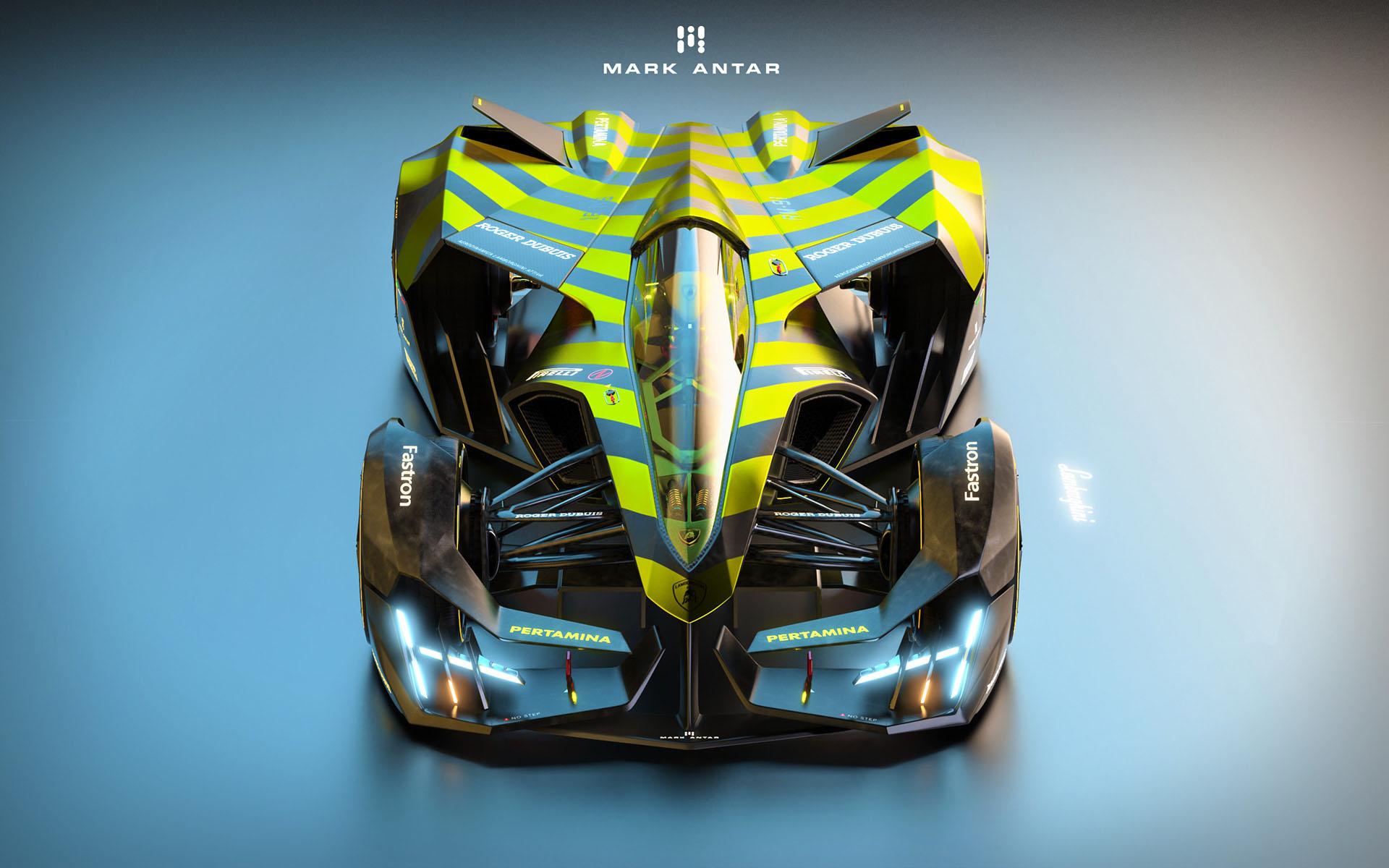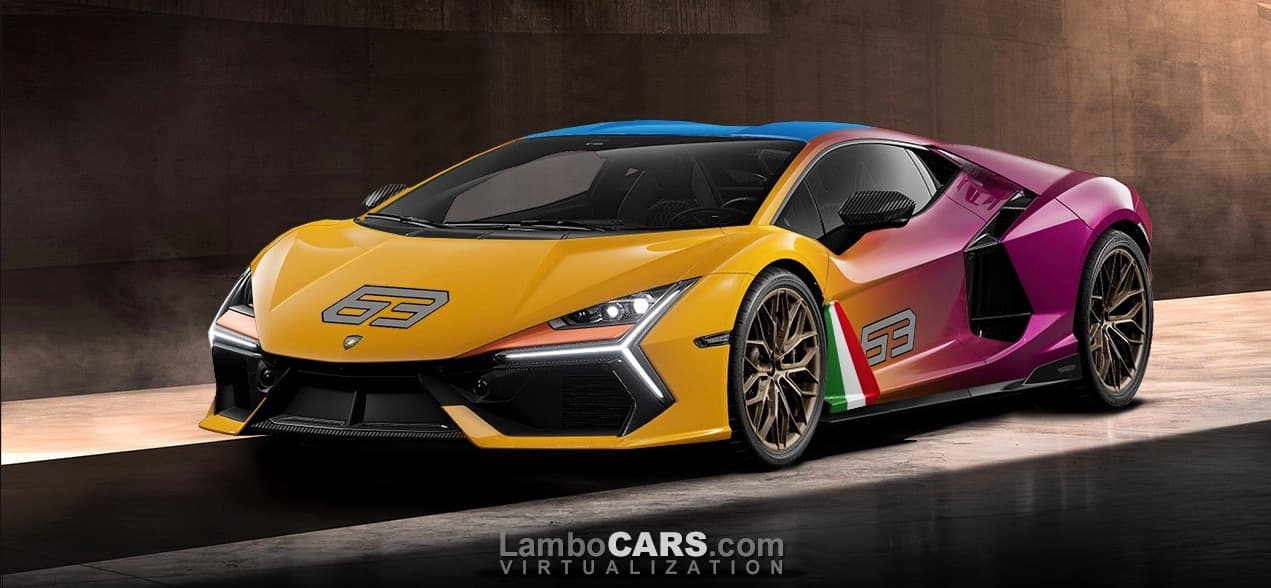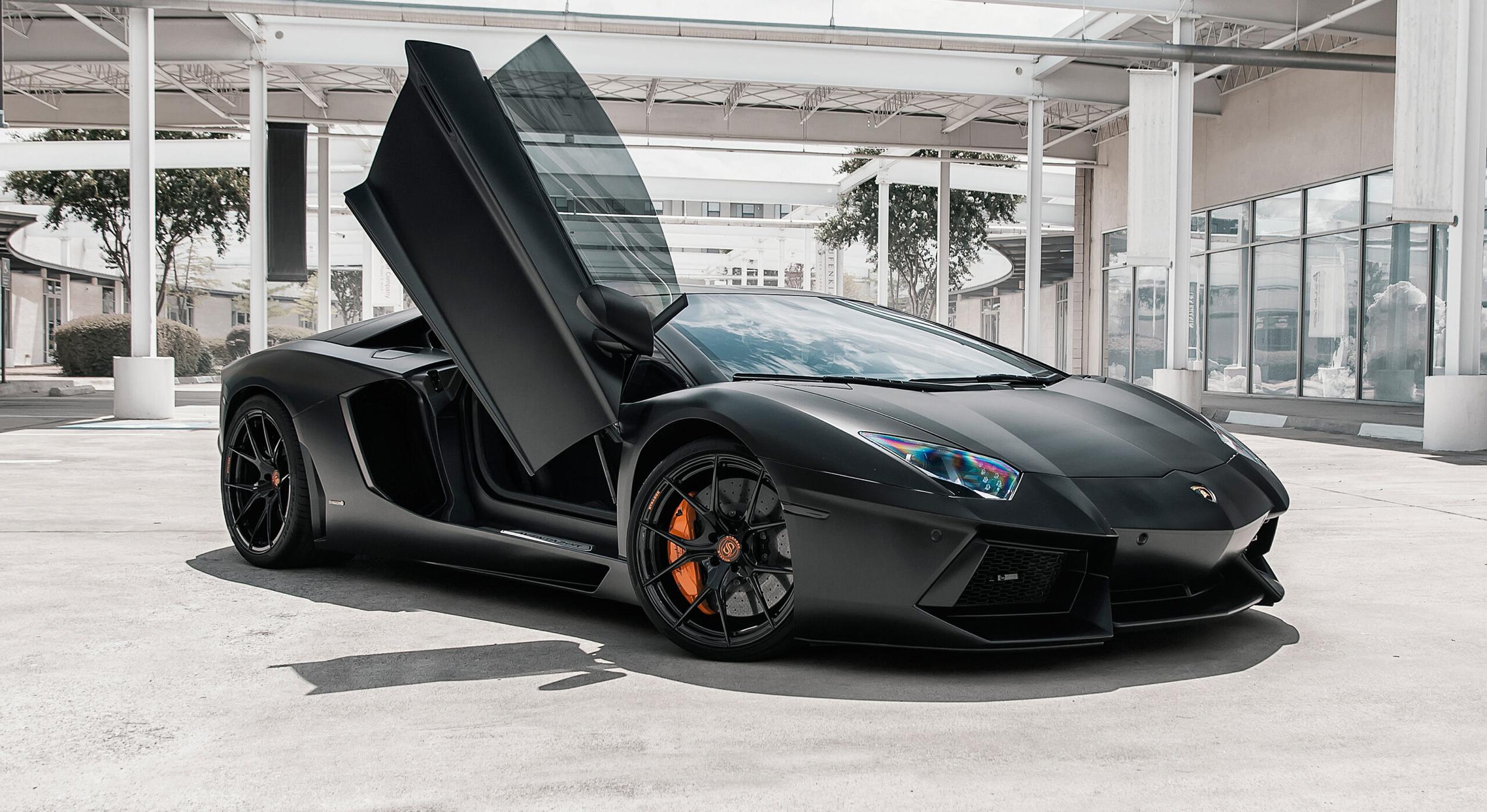Lamborghini is envisaging an intriguing deviation in its celebrated heritage. The marque, renowned for its V10 and V12 engines, is contemplating an innovative strategy to uphold its legacy amidst the electric revolution by adopting synthetic fuel, or eFuel.
The Possibility of eFuel

According to a report by Australia’s CarExpert, Lamborghini’s CEO Stephan Winkelmann has expressed interest in utilizing eFuel. He delineated this shift in the company’s approach with three key “steps” or reasons. “We might initially utilize synthetic fuels only for our race activities,” said Winkelmann.
He also highlighted the need to protect Lamborghini’s car park because most cars still exist after 60 years. “After 2035, we must ensure that our customers can continue to drive their cars,” Winkelmann added.
Combustion Engines Beyond 2035?

Despite the European Union (EU) planning to ban the sale of ICE cars by 2035, Winkelmann believes there is more to come for combustion engines. A closer inspection of the EU’s provision shows that combustion cars could continue running on roads, using renewable, non-biological liquid and gaseous transport or recycled carbon fuels. This is precisely where eFuel comes into play.
Lamborghini’s eFuel Adoption Strategy & Challenges
Lamborghini isn’t alone on this new road. Another auto giant, Porsche, is actively endorsing the Use of eFuel. The German automaker took a bold step by opening the Haru Oni eFuel plant in Punta Arenas, Chile, to manufacture carbon-neutral gasoline.
However, the eFuel production journey has challenges, and the cost is a significant hurdle. Producing eFuel is expensive, raising questions about its viability for widespread consumer use. “We have to consider many things as incoming emissions regulations are making internal combustion engines increasingly expensive in the near future, thereby limiting the development of electricity output,” Winkelmann pointed out.
Embracing Electrification

The exploration of eFuel doesn’t compromise Lamborghini’s commitment to electrification. While the brand is considering using eFuel for its ICEs, it is also bridging the gap between ICEs and Electric Vehicles (EVs) by incorporating plug-in hybrid technologies into its supercars.
The Revuelto is the first model to demonstrate this shift. The brand also plans to offer the Lamborghini SUV, the Urus, and the Huracan successor with a plug-in hybrid powertrain, before transitioning to a fully electric model by the decade’s end. In essence, Lamborghini’s two-pronged strategy sets it apart.
The brand retains its commitment to the thrilling performance and sound of combustion engines while welcoming a greener future.
While the future of Lamborghini’s eFuel adoption may still be unclear, the brand’s dedication to upholding its image and customer satisfaction through traditional combustion engines or electrified drivetrains remains unwavering.



